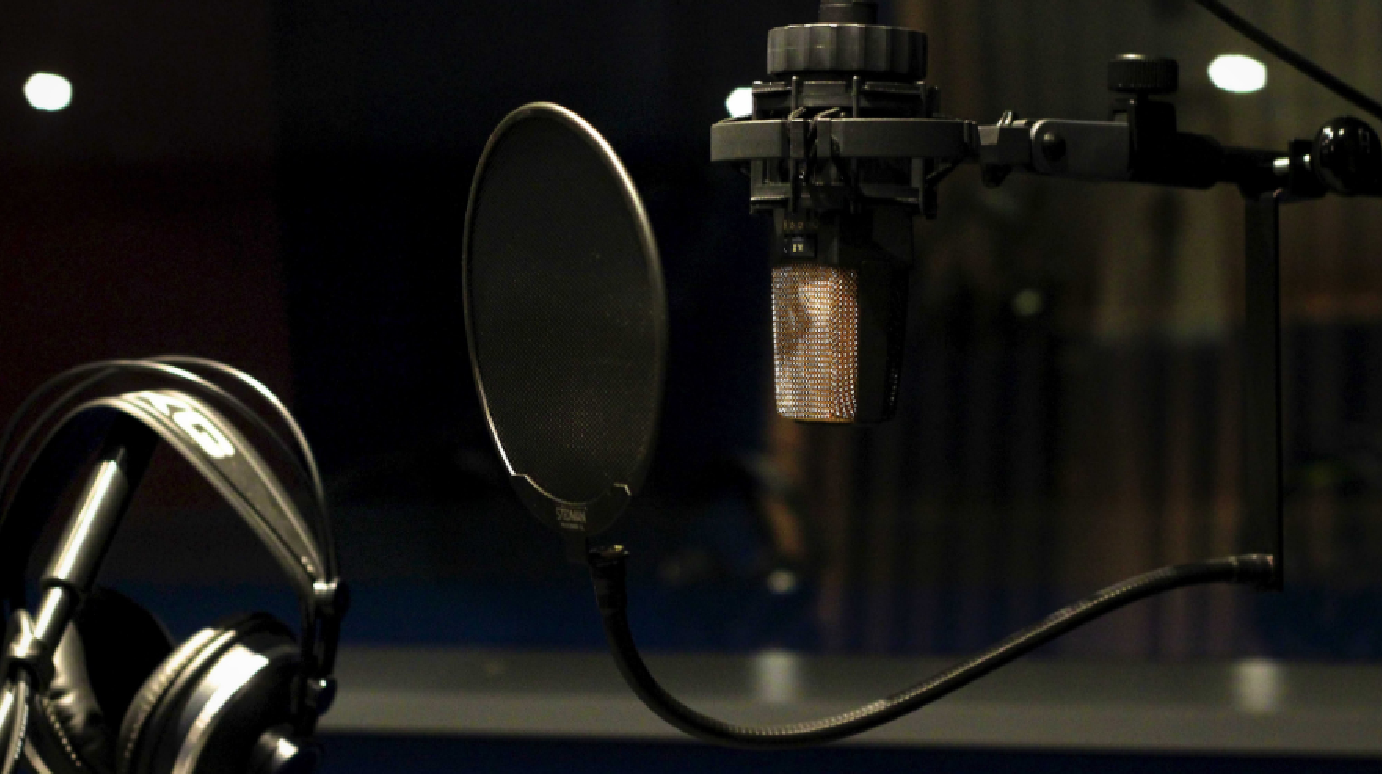If you want to produce a successful podcast there are a whole load of things you should be paying attention to. Previously I wrote about the 7 conditions for a successful podcast. There is one thing, above all, that I want to take a closer look at: the fact that with a podcast everything revolves around the telling of stories.
The best example of this is The Daily from The New York Times. This daily news podcast was the biggest podcast success of 2017. Every weekday at 6 am (local time in New York) Michael Barbaro talks you through a new topic. For hundreds of thousands of people this has become the way to start the day. At The New York Times itself this has brought change with it: since 1851, when the paper was founded, being featured on the front page was always considered to be the height of journalistic achievement, now that is being featured on The Daily. Every journalist wants to come on the podcast to talk about their story.
If you listen to The Daily you will notice that the podcast doesn’t just consist of interviews though. Michael Barbaro talks to his colleagues about the story that they have chosen, meaning they oftentimes don’t go in depth on the subject straight away. The news is, for example, told chronologically and/or the background to an event is sketched out. A real story is put together and that means it’s often the case that the news itself doesn’t come up for discussion until 10 or 15 minutes have gone by. Moreover: some facts are often consciously withheld, only to be brought back into the story at a later point, because that provides a much better narrative, and that means you have no choice but to become absorbed in the story. Not giving away all the details at once creates curiosity.
This American Life
Someone else who understands how to build a podcast like no other, is Ira Glass. He’s the man behind This American Life, from the American public broadcaster NPR. It started out as a radio show, but really became big as a podcast. The hit podcasts Serial and S-Town also came from the team behind This American Life.
The only demand on a good story is, according to Glass, the manner in which you structure it: “Everything else, whether it is recognisable or inspiring, is optional. All that matters is that it has momentum, gained by continually adding new details, so that you want to know what happens next. In the first minute, you need to get something into the story, which means you want to hear the second minute.”
Narrative interview
Stories such as This American Life are complex productions. An awful lot of time and trouble goes into the preparation – thinking up ideas and finding people in advance – but also into the editing of the recordings. They of course have the luxury (i.e. the budget) to be able to ‘kill’ half the story they have been working on before it even gets to broadcast.
Many Dutch podcasts don’t have a budget that size, but don’t let that stop you from using this story telling technique. To tell a story you don’t need to use extremely complicated editing. You can also build up an interview according to storytelling principles. Ultimately, it’s about what questions you ask, how you ask them and, above all, when you ask them.
For example, it can help to start with a question which you know for sure you are going to get an answer to, that will get people talking spontaneously. And with that it is important that you level with the person you’re interviewing. If you tell stories yourself, you’re more likely to get stories out of someone.
Choosing your guest
Back to The Daily. One of the biggest secrets of being able to tell stories lies in the choice of guest. In the podcast Michael Barbaro talks with the paper’s own reporters and correspondents who have looked into something or spoken to others, or he brings in external guests. With the guests there is one very important demand: they are people who play a role in the news. That could be a member of congress, but it could also be a worker who was directly affected by something that happened. As long as they are not experts or analysts, because they experience events only at a distance and so, reasons The Daily, they can’t tell stories about them.
And that is something that every podcaster can do something with: invite people who can tell stories from personal experience. Letting a binman share their opinion in a story about recycling and waste separation is probably more interesting than just talking to the PR spokesperson of the trade union. And if you´re talking about innovation in tomato farming, you will probably get a more fascinating story if you also ask the advisor from the University of Wageningen for their opinion.
A really nice example can be heard in KLM´s podcast, The Journey. The relationship between Jean-Paul Gaultier and his friend Ries, from the conservative village of Volendam, appears to be the main subject under discussion. But, eventually it turns out that the story is about Vera, Ries´ sister. She was his confidante. The keeper of all his secrets.
Everyone is able to tell stories. You need to focus, in the main, on thinking hard about the narrative when you are setting up an interview. It can be helpful to seek inspiration in the approach of others. So, try listening to The Daily, This American Life or another good podcast and see if you can work out how they have built their story. In the end, there is really just one way to get the hang of telling a story in audio form: by doing it.




